Technological Purification Abbas Esmaeili
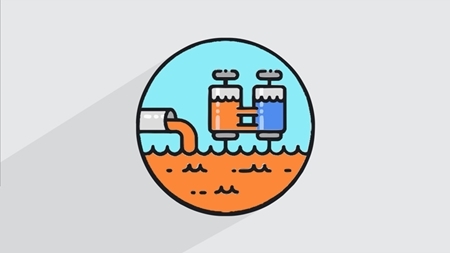
In the research of wastewater purifying clays, photocatalytic clays with the property of purifying sewage in the presence of sunlight and antibacterial were made by using titanium dioxide waste from the Klaus process of Pars Special Economic Zone. Due to the low cost and ease of the manufacturing process, the product can be easily manufactured in the tile and ceramic industries, which can bring significant profitability to the industry.
These types of pottery can be used in the ponds of urban and industrial treatment plants, as well as in the walls of sterile rooms. Another attraction of the product is the use of a renewable source of sunlight in wastewater treatment. The manufactured product was patented and approved and registered in the Scientific and Industrial Research Organization in Iran.
Fabrication of electrochemical supercapacitors using graphene prepared from banana peel waste
The expansion of renewable resources such as solar and wind energy requires the development of energy storage systems such as supercapacitors. Supercapacitors have the ability to store energy with a high charge/discharge rate and are considered one of the latest technologies for energy storage.
In this research, to modify the supercapacitor electrode, graphene nanosheets were prepared from agricultural waste and examined next to the two-dimensional Maxin nanoparticle, and the obtained results show a high capacitance compared to the samples made by chemical methods, which reduces environmental impacts in addition to reducing energy consumption in the production process.
Photocatalytic and sonophotocatalytic degradation of textile dyes
Formaldehyde is present in high concentrations in the effluents of urea-formaldehyde resin adhesive industries, which cannot be purified by biological methods due to its non-biodegradability. For this purpose, in the project, formaldehyde was removed using chemical methods and using urea, as a result of which the amount of formaldehyde in the wastewater was reduced from 75 thousand mg/liter to below 150 mg/liter, and more than 99% of the Formaldehyde dangerous pollutant was removed from the effluent.
Considering the fact that the conventional biological purification method to remove formaldehyde is only able to purify low concentrations of formaldehyde. With the help of an inexpensive substance such as urea, the mentioned method is able to purify wastewater with a high concentration of formaldehyde.
As a result of this purification process, a white solid residue was left, which was used as a precursor in the preparation of a new carbon-nitride non-metallic photocatalyst. Next, the newly produced photocatalyst was used to remove colored compounds in textile wastewater. The photocatalyst prepared in this project was able to remove colored substances with an efficiency of over 95%.
Effluent treatment of paper and textile industries for advanced oxidation methods
The textile and dyeing industry is considered as an industry with high water consumption and high volume of polluted wastewater output. Textile wastewater contains compounds resistant to decomposition, heavy metals, toxic and destroy natural microorganisms in water.
The treatment for this type of industrial wastewater has special complications, including the need to control pH, produce sludge in large volumes, and accurately add coagulant chemicals. Instead of using expensive chemical treatment methods, after the garbage collection stage, textile wastewater is decolorized with the help of advanced electrochemical and oxidation technologies, without the use of coagulants, and 70 to 90% of the wastewater pollution load is removed in a short period of time. Color and other chemicals in wastewater are easily separated from the wastewater in the form of thick sludge.
Paper and cellulose factories are one of the biggest sources of industrial pollution in the world. This industry produces about one million liters of wastewater per day. The presence of compounds with low degradability and toxicity in the produced wastewater, as well as the formulation of strict environmental laws in relation to this group of industries, have made managers face challenges in the field of sludge treatment and disposal.
However, the use of physicochemical methods is not able to completely purify the produced wastewater. Therefore, the new technologies available in the field of electrochemistry can help managers and decision-makers to achieve the standards of wastewater discharge into the environment with minimum time and cost and without the use of chemicals.
In this project, up to 85% of the COD of cellulose industry effluent was reduced from 4 thousand mg/liter to about 600 mg/liter with only one step of electrochemical treatment. This is if it is reduced to about 1100 mg/liter in the related industry's treatment plant during 5 stages of physical, chemical and biological treatment.
*Secretary of the Environmental Working Group for the Specialized Water, Drought, Erosion and Environment Working Group in the Vice Presidency of Science, Technology and Knowledge-Based Economy



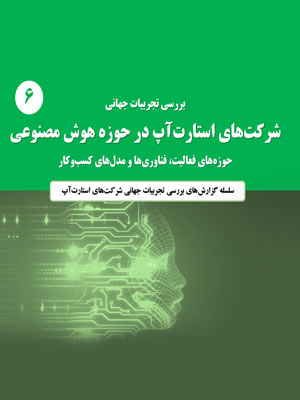



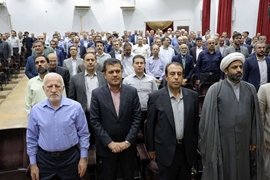
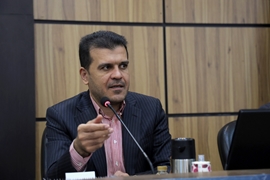
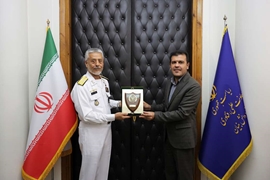



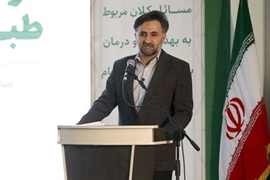
comment